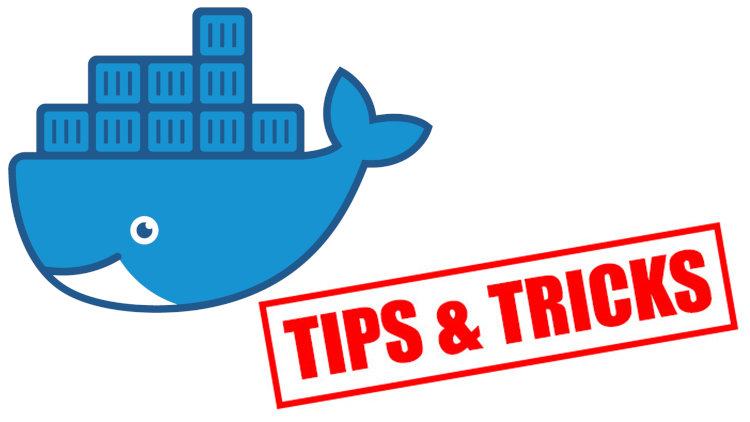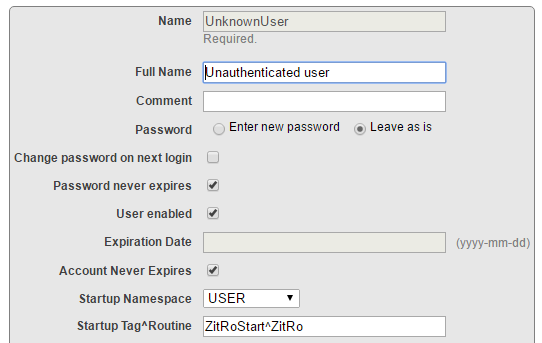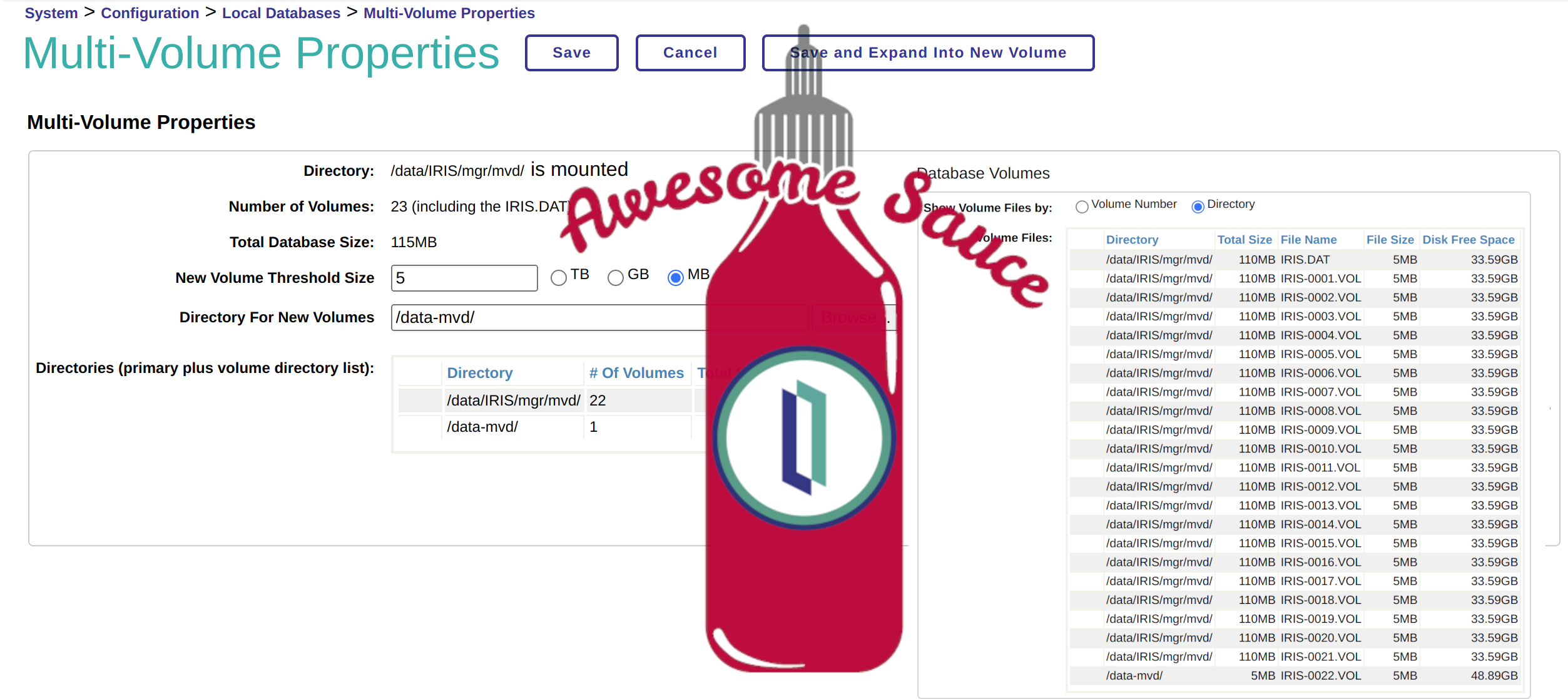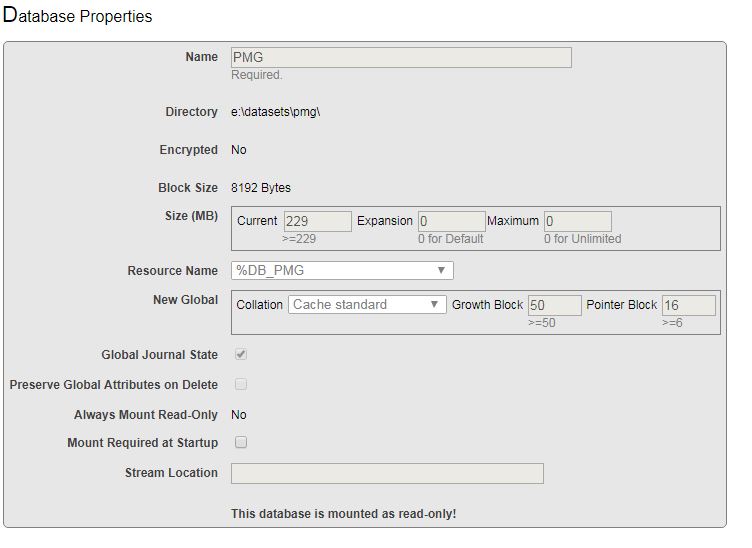I am trying to setup a OAuth2.0 configuration to connect to a server within our Network using OAuth2.0. My previous attempt worked, however forgot to capture the steps before I had whipped the System so please bear with me.
I have an SSL/TLS Client configuration setup as we use the setup for our LDAP configuration.
When I go through the following steps within the Terminal, I am getting the following error...





